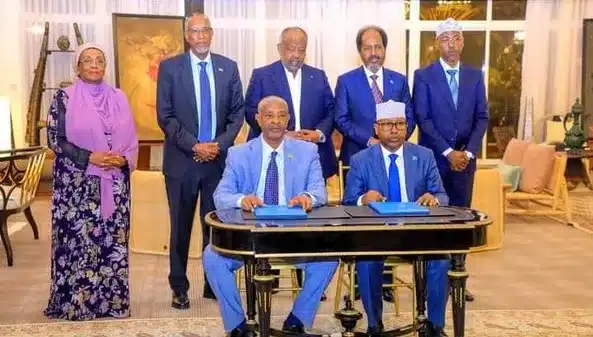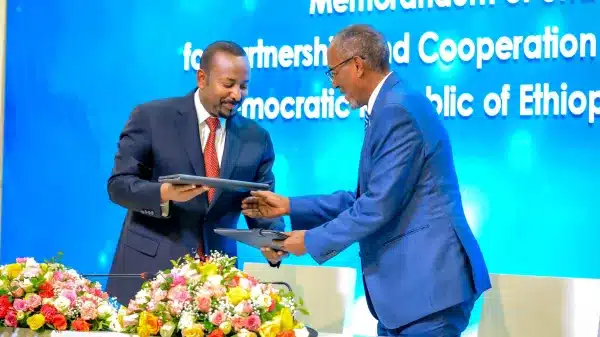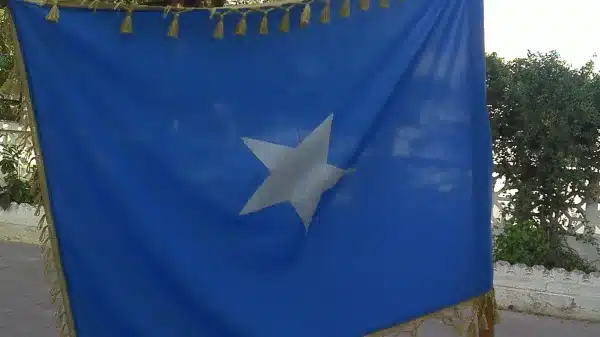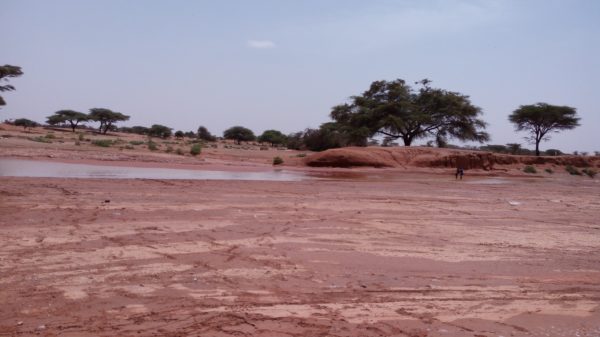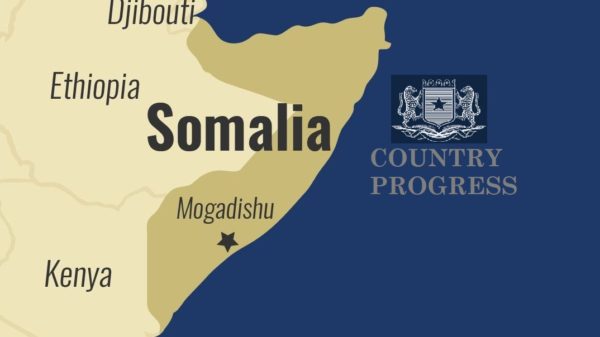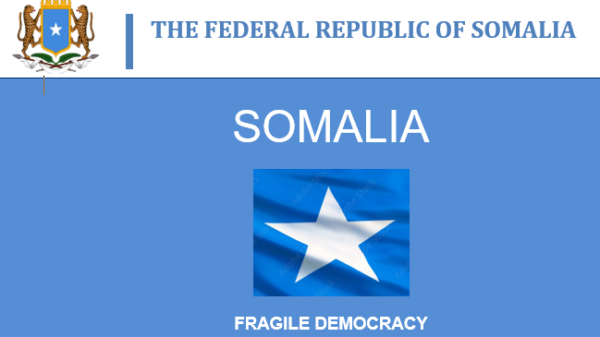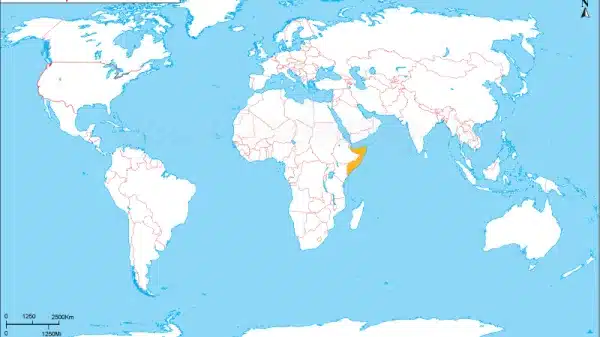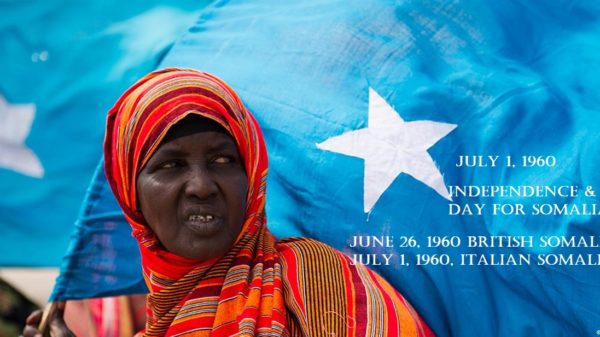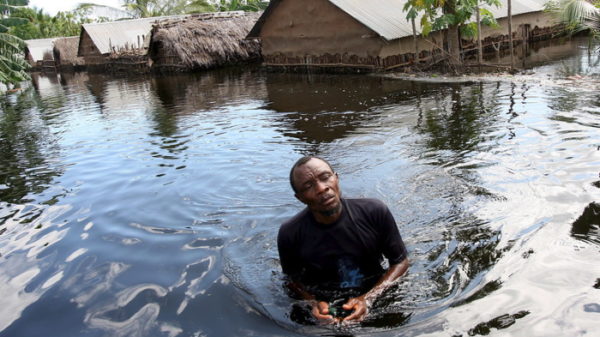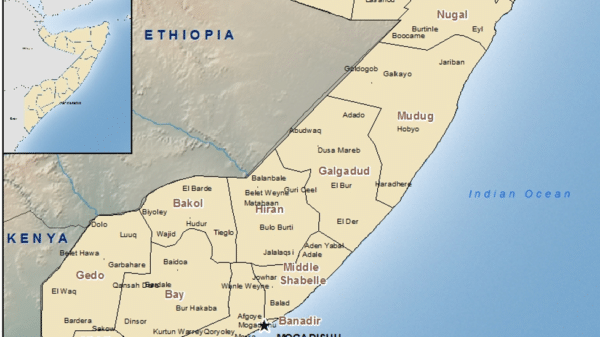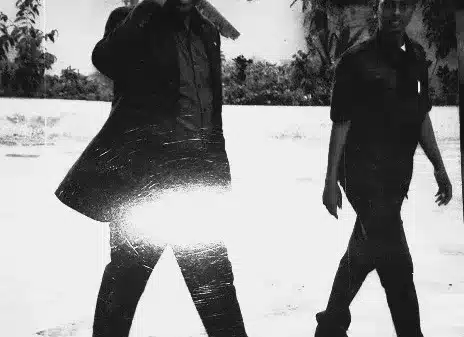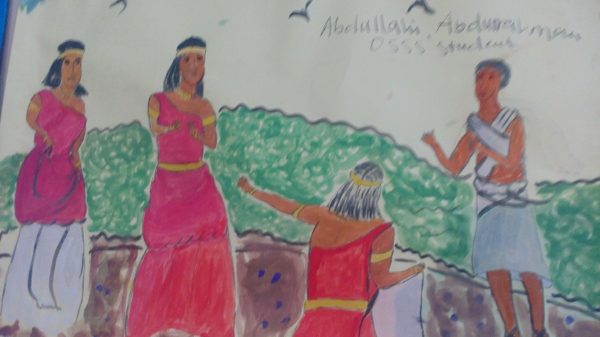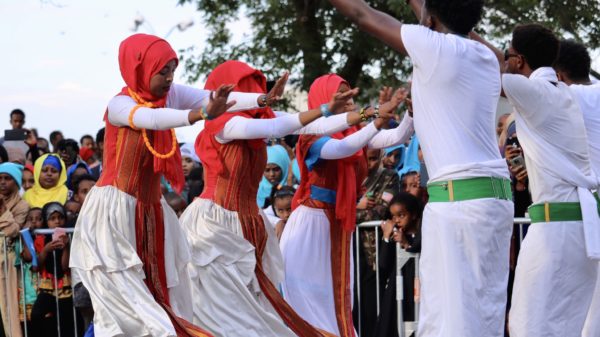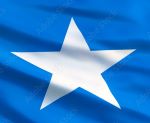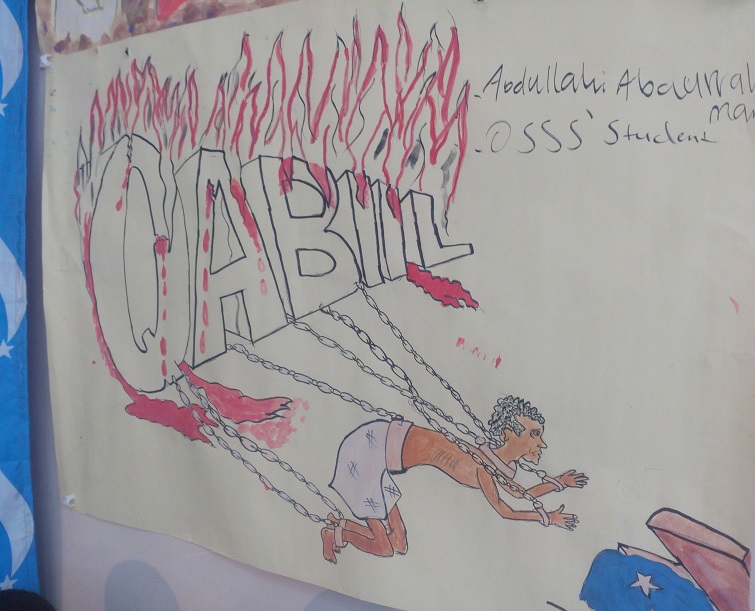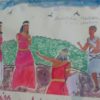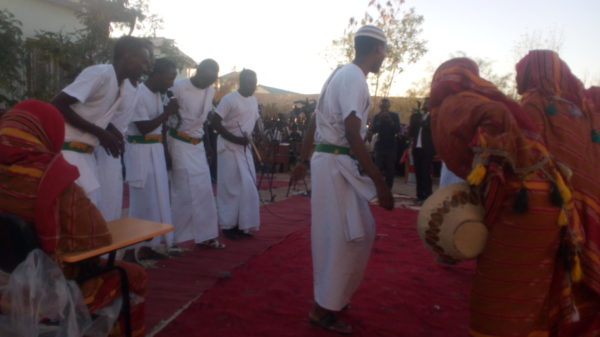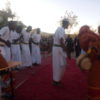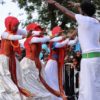The Construction of Social Classes and the Clan System in Somalia
In the historical context of Somalia, the formation and organization of social classes and the clan system are defined by a traditional structure that distinguishes between camel herders, cattle breeders, farmers, and the occupational class. Within this framework, the camel herders hold the highest position in terms of social prestige, while the farmers and workers in the occupational class are regarded as inferior. It is worth noting that to this day, the traditional clan system remains the primary marker of social identity in Somalia, with the country being home to the largest population of camels in the world.
The clan-based system of social superiority fosters prejudice against skilled trades workers and handypersons, who are often marginalized due to strict localism. Negative stereotypes are perpetuated, undermining the value of their skills and the type of work they engage in within society. The communal ownership of camels is strongly associated with honor and prestige, making camels the preferred form of currency for transactions such as blood-money and bride prices. Those who lack access to camels, referred to as the “Cayr,” are excluded from the privileged “Haves” community, being considered lesser than their peers. Discrimination is primarily based on the social significance attributed to camels, designating individuals as either “Gob” (the Haves) or “Gun” (the Have Nots). This irrational distinction between an in-group, “Us,” and the marginalized “Other” is established by the possession of camels, which serve as the preferred medium of exchange, or the ability to acquire camels through the exchange of other domestic animals or food commodities.
As a result of this illogical social class construction, the occupational class in Somali society faced discrimination due to their defiance of the social uses and traditions surrounding camels. Consequently, these individuals formed their own clans based on their occupations, which can be found throughout Somalia. Despite being despised as an inferior class, they possess valuable technical skills and expertise, playing a crucial role in the socio-economic development of the region. The nature of the accusations directed towards each outcast community varies, as they differ from the majority in Somali society. Among the marginalized communities in Somali society, each group is accused of engaging in different activities that are deemed as outside of the norm. These groups include the following:
– The “tumaal” are individuals who work in the trades of shoemaking and blacksmithing.
– The “Gaboye” are individuals who work as hunters and artisans.
– The “Eyle” are individuals who engage in hunting alongside their dogs.
– The “Yibir” are individuals associated with sorcery, who provide social and spiritual services to their neighbors when a newborn male child arrives. They receive a small payment, known as “Samaayo,” in Somali language. The Yibir have a rich history involving internal blood-money and their role within Somali society.
This situation highlights the presence of discrimination within the Somali population. The majority pastoral groups portray themselves as embodying good traditions, as well as being part of the high socio-economic and political class. Conversely, they construct a negative image of the minority groups, attributing them with unfavorable traditions and a lower socio-economic status.
The social class construction and clan system in Somalia has long been influenced by traditional divisions based on occupation and livestock ownership. The camel herders have historically held the highest social prestige, while farmers and the occupational class were considered inferior. This clan-based social superiority system has led to prejudice and discrimination against skilled trades workers, who are treated as outcasts. The discrimination is rooted in the social uses of camels, which dictate social status and determine who is considered part of the privileged “Haves” community and who is excluded as the “Have Nots.” This illogical social class construction has marginalized certain occupational clans, such as shoemakers, blacksmiths, hunters, and sorcerers, who have faced discrimination despite their important roles in socio-economic development. This discrimination perpetuates a negative image of these minority groups, reflecting a division between the perceived “good” majority pastoral groups and the “bad” minority occupational clans.
Conclusion
Academic support for the contemporary European historians’ approach that once separated Somalis from the Cushite family has diminished. Evidence from modern history challenges the beliefs of historians and conventional explanations regarding the origins and evolution of the Somali people. The first proponent of the idea that the majority of Somalis originated from the Arabian Peninsula and migrated southward was Richard F. Burton, a British explorer, writer, scholar, and soldier in the late 1800s. In the early 1900s, Luigi Robecchi Bricchetti, an Italian explorer commissioned by the Italian imperialist government, similarly adopted this perspective. Other proponents, such as Ioan Myrddin Lewis, also known as I.M. Lewis, a Scottish social anthropologist, have contributed to the conventional explanation of the modern history of the Somali people. However, Said M-Shidad Hussein, a Somali researcher, historian, anthropologist, and head of the Department of Advanced Social Science Studies at Puntland Development and Research Centre in Garowe, Somalia, contests these views.
Contrary to the conventional explanation, both modern history evidence and ancient historical records suggest that Somalis actually belong to the wider Eastern Cushite family. Archaeological, anthropological, linguistic, and DNA evolution findings indicate that the Somali people, along with the Somali, Rendille, Borana, and Oromo tribes, referred to as Kush by the ancient Egyptians, share languages that are nearly mutually intelligible. Moreover, historical records demonstrate that Somali migrations followed a north-to-south route, which contradicts previous assumptions.
In terms of ethnic classification, Somalis can be grouped within the Cushite category due to shared attributes of race, nationality, language, and customs. However, when considering aspects such as culture, traditions, and beliefs, Somalis align more closely with the wider Arab Muslim world. They share pragmatic knowledge, both behavioral and conceptual, with this cultural sphere. Hence, the Somali ethnicity, as Cushites, is not altered by the Islamic heritage they possess. Islamic culture alone cannot serve as the sole basis for distinguishing one group from another in terms of ethnicity.
Feedback
Dear reader, please note that your feedback is very important to us, so please give us a comment and follow our social media pages below.
Thank you
Get social
Author
-
Strategic Communication Specialist and Consultant, graduated from The Ohio State University with Strategic Communication major and Journalism. Follows the social and political changes of the wider East Africa region, with keen interest of the Somali news and issues, with over 12 years media and communication experience in the region.





